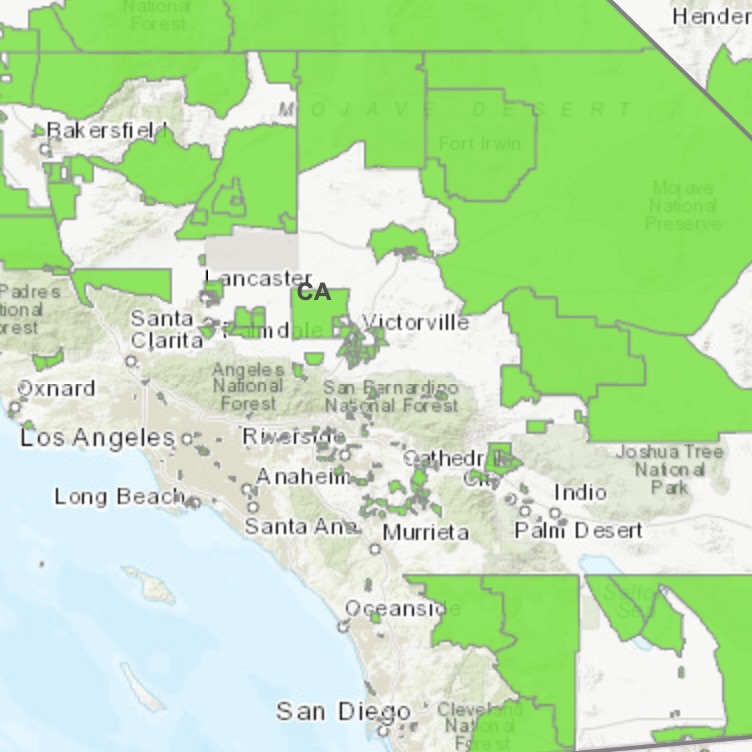Written by Lauren James Budhu
When we think of a desert, a dry, sandy locale with cacti and tumbleweeds rolling across a long, winding road might come to mind. Yet what many might forget is that deserts can refer to so much more. Enter “food deserts”-- places that lack direct access to affordable and healthy fresh produce. Unfortunately, this is a reality in various pockets across the United States.
For an area to be defined as a food desert, approximately one-third of the population must live more than one mile from the nearest supermarket in a city, or more than 10 miles in a rural neighborhood. These predominantly tend to be found in low-income areas, areas where people don’t have cars, and almost always communities of color. In fact, the 2022 U.S. Census reported that individuals identifying as Black or Hispanic accounted for 33% of the U.S. population but nearly 49% of people in poverty.
Food deserts have significant effects on human health. According to the Food Revolution Network, there is a direct correlation not just between poverty and hunger, but also between poverty and obesity. It’s not necessarily the case that people living in food deserts don’t have plenty of access to calories. These areas tend to be oversaturated with liquor stores, convenience stores, and fast food restaurants — places that sell highly processed foods that provide excessive levels of sugar, oil, salt, and artificial ingredients. There is no shortage of sodas and snacks, pastries and white bread, cookies, and crackers; and there are plenty of alcohol and tobacco products out there, too. Yet healthy food? Not so much. This can lead to higher instances of diet-fueled diseases like cancer, heart disease, Alzheimer’s, and Type 2 Diabetes in areas with food deserts.
So, what can you do to make fresh food more accessible where you live? You can:
- Start your own community garden!
- Donate to nonprofits like Urban Harvest, a catalyst in transforming food accessibility, or volunteer when you can!
- Create a free, library-like mini food pantry to donate food, personal care, and household items you don’t need, or take items you do. In large cities such as Los Angeles and Miami, you can also find upcycled community refrigerators, where neighbors can share and store food with one another.
- Support special food programs like Wholesome Wave, which uses private funds to demonstrate what might happen if public funds were spent differently. Users shop with SNAP (food stamp) dollars as they normally would, but when buying fruits and vegetables, they get their purchasing power doubled in the form of tokens or coupons called “nutrition incentives.”
- Invest in healthy school meal programs and local food banks that provide healthy foods for the families they serve!
One step -- and one bite -- at a time, we can help to shift the course of things. While we still have some work to do, my hope is that we can build a world with healthy, ethical, and sustainable food for all.
Image: The Food Access Research Atlas, USDA


















